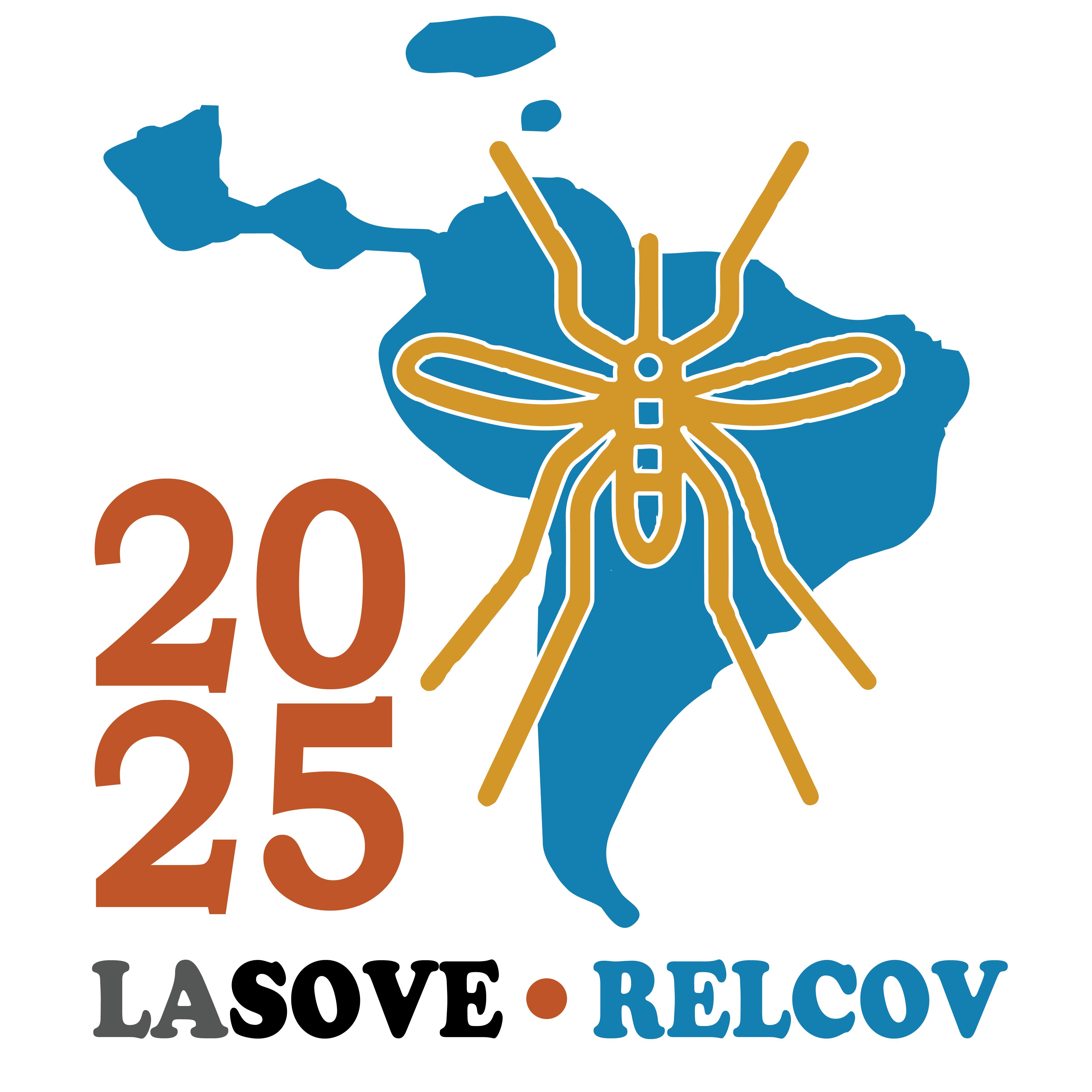Conferencia Dra. Maia-Elkhoury
CONFERENCIA
Leishmaniasis en las Américas: avances y desafíos
Dra. Ana Nilce Silveira MAIA-ELKHOURY

Dra. Ana Nilce Silveira Maia Elkhoury
Asesora Regional Leishmaniasis
Organización Panamericana de la Salud (OPS)
Enfermera, especialista en Salud Pública y magíster en Salud Colectiva, cuenta con una amplia trayectoria en la gestión y formulación de políticas públicas orientadas al abordaje de las leishmaniasis. Se desempeñó como responsable del Programa de Leishmaniasis en el Ministerio de Salud de Brasil entre 1999 y 2011, contribuyendo de manera significativa al fortalecimiento de las acciones de vigilancia, prevención y control de la enfermedad a nivel nacional.
Desde 2011, como Asesora Regional para las Leishmaniasis en las Américas (OPS), brinda apoyo técnico a los países de la región en el desarrollo de estrategias integradas, basadas en evidencia y alineadas con los principios de la Salud Universal y el enfoque de Una Salud.

Créditos de las imágenes utilizadas en esta página web
Phlebotomus pappatasi, imagen por James Gathany (Centros para el Control y la Prevención de Enfermedades), Dominio Público, Wikimedia Commons (https://commons.wikimedia.org/wiki/File:Phlebotomus_pappatasi_bloodmeal_continue2.jpg) | Las imágenes de las personas miembro de los distintos comités de LA SOVE RELCOV 2025 así como las imágenes de los/as oradores/as fueron provistas por las mismas personas para uso exclusivo en esta página web. Los/as autores/as de estas imágenes se reservan el derecho de uso y reproducción de las mismas.
Cronograma del evento (1)
Lunes 27
-
